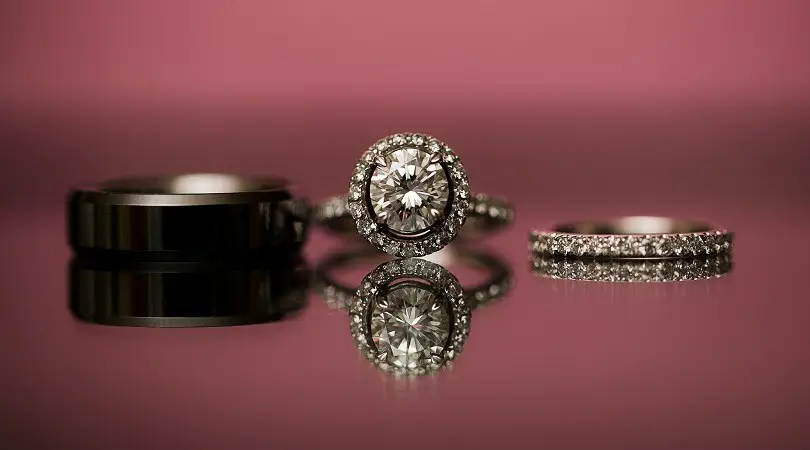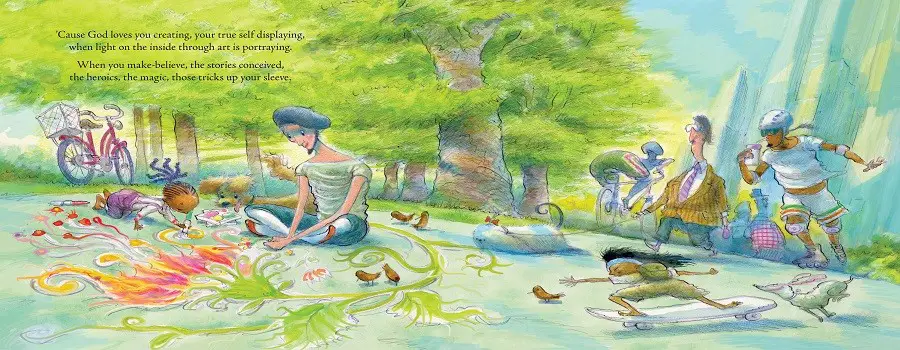Last Updated on January 6, 2025
Ever contemplated the lore enveloping the accessories that grace brides on their most monumental day? The history of wedding jewellery, brimming with rich traditions and interesting insights, is indeed a captivating tale. Many of the age-old customs are still reflected today in the types of accessories adorning brides, crafted with explicit symbolism and intent.
Most are familiar with the traditional rhyme stating that a bride must possess “something old, something new, something borrowed, something blue.” This delightful saying finds its roots in 19th-century English folklore and carries considerable historical weight, symbolising fertility, luck, and wedding customs. Gold accessories often serve as the perfect medium to convey these significant aspects.
Wedding Traditions: The Inception of Wedding Jewellery
Today, the spotlight in wedding jewellery invariably falls on the bride’s and groom’s rings, the quintessential symbols of eternal commitment exchanged during the wedding ceremony. The tradition of wedding rings, however, has a fascinating origin that dates back to the 1500s.
The practice started with the use of Gimmel rings, interlocking bands purchased at the time of engagement. The bride and groom would each wear a piece, signifying their intention to marry. During the wedding ceremony, the groom would unite his half of the ring with the bride’s, symbolising their unified future—a custom reminiscent of the contemporary exchange of wedding bands.
The Tale of Men’s Wedding Bands
In the context of wedding jewellery, the custom of men wearing wedding bands is a relatively new phenomenon, originating in the late 19th century in the United States. Interestingly, it emerged from a marketing strategy aimed at women, aimed at encouraging men to participate in the symbolic act of wearing a sign of marital unity.
During the Depression era, only about 15% of men donned wedding bands, a statistic often attributed to the period’s financial hardships. However, by the post-World War II era, this figure had surged to 80%. The tradition prevails today, albeit with variations across different cultures— in many countries, only the bride wears a wedding ring post-ceremony.
The Evolution of the Bride’s Ring
The bride’s ring, often the focus of her wedding preparations, carries immense significance. The moment of unveiling her new engagement ring to eager onlookers is filled with pride and joy. This emblem of her partner’s love extends beyond a mere token of monetary value or status—it’s a symbol of the groom’s dedication to their shared future.
Contemporary brides increasingly veer from conventional wedding jewellery in a bid to make unique, personal statements. Their desire for individuality extends to their selection of wedding rings and other accessories. Many brides embrace their regal aspirations, accentuating their wedding attire with tiaras—often antique pieces—that can later be passed down generations, embodying a tangible family tradition.
Religious Commitments in Wedding Jewellery
Many modern couples, drawing inspiration from historical traditions, incorporate their religious or spiritual commitments into their wedding bands. Contemporary designs offer myriad options to integrate spiritual symbols into the rings’ design—crosses, rosaries, Stars of David, scrolls, and other symbols can be seamlessly included, connecting the jewellery to the couple’s spiritual leanings.
Wedding jewellery isn’t limited to pieces worn by the bride and groom. In some traditions, the bride presents her bridesmaids and maid of honour with accessories to be worn on the wedding day—earrings, necklaces, bracelets, or charms. The chosen pieces, possibly coordinated bangles or cuffs, often feature religious adornments, adding a personal touch to the wedding while serving as sentimental keepsakes of the memorable day.
Customising for a Non-Traditional Look
While tradition undeniably influences wedding rings, it doesn’t dictate their design. For those yearning for a classic look, a diamond engagement ring coupled with a wedding band might be the perfect choice. However, for those seeking to break free from the norm, there is a plethora of unique wedding rings available on the market.
Companies like The Pearl Source aid brides in achieving their vision with fashionable and trendy designs. You can also opt for custom-designed wedding jewellery, enabling you to showcase your spirituality and individuality in a unique, personal way.
In conclusion, whether you adhere to tradition or seek a unique expression of your individuality, the evolution of wedding accessories offers a multitude of choices. From the exchanging of rings—a practice dating back to the 1500s—to contemporary custom designs, wedding jewellery continually evolves, echoing both the past and the present. Whether subtly featuring wedding bands or boldly flaunting custom designs, these precious accessories remain steadfast in their symbolism, embodying love, commitment, and the timeless charm of matrimonial ceremonies.








